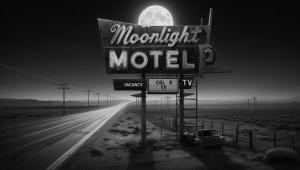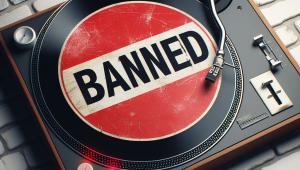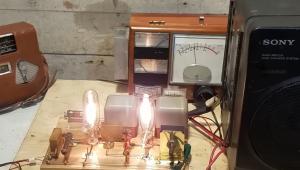Hearing Aids: The Latest Political Hot Potato

Hearing aids are big business. As Baby Boomers (finally) start to age, their ears need a little help. Specifically, 40 percent of those age 60 and older have significant hearing loss, and that doubles to 80 percent for those 80 and over. The average price for a hearing aid is $4,700, with some costing $8,000 or more. And those are real out-of-pocket dollars because Medicare won’t pay for it, and most private insurance companies won’t, either.
Hearing aids are regulated by the Food and Drug Administration, and a prescription is required to get one. Although it varies from state to state, generally consumers must consult with a licensed hearing-aid dealer. An audiologist or otolaryngologist takes the patient’s history, does a physical examination, and produces a comprehensive audiogram. When a hearing aid is prescribed, its audiometrics can be customized to optimally treat the patient’s hearing loss.
Personal sound amplification products (PSAPs) are an alternative to hearing aids; they are sold without a prescription and can be used to treat mild hearing loss. They range from junky $20 devices to $500 models that are essentially bare-bones hearing aids but cannot be called such. PSAPs are not medical devices and are not regulated. PSAP manufacturers such as Samsung, Panasonic, and Bose are eager to get into the more lucrative hearing-aid market.
The Over-the-Counter Hearing Aid Act of 2017 would allow a new class of “hearing aids” to be sold over the counter.
Elizabeth Warren (D-Massachusetts) and Charles Grassley (R-Iowa) have introduced a bill in the Senate that calls for a new class of hearing aids sold without a prescription; the same bill has been introduced in the House of Representatives. As its name implies, the Over-the-Counter Hearing Aid Act of 2017 would allow a new class of “hearing aids” to be sold over the counter. These devices would be considered medical devices and must meet FDA guidelines for safety and effectiveness, but you wouldn’t need a doctor to get one. A consumer would test her hearing using an online program or phone app, then pick a hearing aid that best fits the criteria.Proponents of the bill, including PSAP makers, argue that current laws prevent consumers from getting the help they need. OTC hearing aids would help those with hearing loss and save them money. Much like using an optical chart on a kiosk at Walgreens to buy reading glasses, consumers could quickly and inexpensively remedy moderate hearing loss. For many people, a physical examination is not necessary, and nothing would preclude a consumer with more severe hearing loss from further seeking the assistance of an audiologist. The option of obtaining hearing aids without a prescription would benefit consumers.
Critics of the bill, including traditional hearing-aid manufacturers and audiologists, protest that hearing loss should not be self-treated, but rather requires a skilled professional. Proper diagnosis, fitting, and adjustment can be complex, and self-treatment would frustrate consumers and would waste more money than it saves. In some cases, for example, when it is caused by wax buildup, hearing loss can be reversed; in other cases, hearing loss is a symptom of a serious underlying illness. In either case, hearing loss should be treated by a professional, not remedied by a trip to a big-box store.
So, you decide: Over-the-counter hearing aids — potentially useful products for Americans that could save them lots of money, or medically ill-advised products designed to boost corporate profits? We now return you to your regularly scheduled, non-political Sound & Vision.

























































